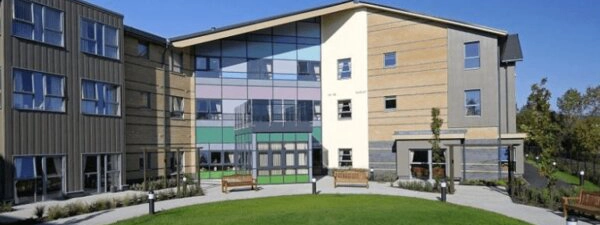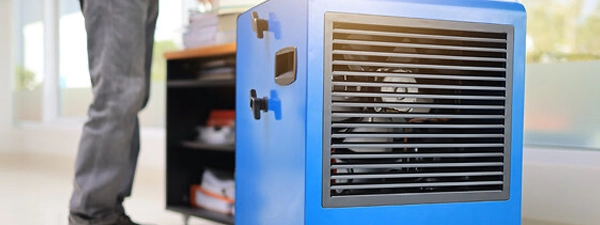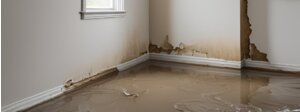Case Study: Water Damage Restoration with Minimal Disturbance at Care Home

Case Study: Water Damage Restoration with Minimal Disturbance at Care Home
Water damage can occur from a wide range of causes, from the slow drip of a leaking pipe to a sudden burst causing large-scale flooding. In every level of severity, efficient mitigation and remediation is vital. When excess moisture isn't addressed, it can lead to devasting damage, as it seeps into structural materials, weakening them over time.
One of the crucial first steps is to seal off affected areas, disconnect electrical appliances, and ensure everyone's safety before addressing the damage. However, there are some circumstances in which this first step is not so simple.
Residential Home Flood Disaster
In 2022, the Llys Glyncoed residential care home in Ebbw Vale, Wales, experienced significant water damage when an escape of water saturated the insulation layer beneath the screed floor. This incident caused moisture to wick through construction materials, visibly damaging the base of walls throughout the building. Given the vulnerability of the residents, many of whom have mobility and health issues, it was imperative that the restoration process was conducted efficiently, safely, and with minimal disruption.
Tailored Water Damage Restoration Process
Rainbow International South Wales & Bristol, in collaboration with Linc Cymru, implemented a specialised restoration process using negative pressure drying technology and remote monitoring to effectively address the damage while maintaining a safe and comfortable environment for residents.
The best course of action was to utilise negative pressure drying technology and remote monitoring to effectively address the damage while maintaining a safe and comfortable environment for residents.
Negative Pressure Drying Using the Aerial AERCUBE System
Rainbow International South Wales & Bristol chose the Aerial AERCUBE system for its ability to conduct a targeted drying process with minimal disruption. The system was configured to operate under a negative pressure (suction) setup, which allowed for precise drying of the affected areas without the need to dry the entire building simultaneously.
Key features of the AERCUBE system includes:
- Advanced Filtration: Equipped with inline G4, H13 HEPA, and active carbon filtration, the system ensured that the moisture-laden air removed from the contaminated subfloor was free from bacteria, mould, and other harmful materials, safeguarding the health of the residents.
- Temperature Control: Given the high ambient temperatures during the summer, the AERCUBE, and AERCUBE system's ability to vent moisture-laden air and waste heat to the outside was crucial. This feature kept indoor temperatures under control, allowing the drying equipment to operate effectively without overheating.
Remote Monitoring with the Simplify System
To minimise on-site visits and reduce potential COVID-19 transmission, the drying process was monitored remotely using the Simplify system from Dantherm group. This technology enabled real-time monitoring of the drying environment and remote control of the equipment.
The remote monitoring system utilised various probes—temperature, relative humidity, indoor air quality (IAQ), and resistive probes—to track drying performance and ensure indoor conditions remained within safe thresholds for the residents.
Results
The tailored restoration process was highly effective, achieving the following outcomes:
Minimal Disruption: The use of negative pressure drying and remote monitoring ensured that the restoration process was conducted with minimal intrusion, allowing residents to continue their daily routines without significant disruption.
Maintained Safety and Comfort: The careful management of air quality, noise, and temperature ensured that the living environment remained safe and comfortable for residents throughout the restoration process.
Efficient Problem Resolution: The remote monitoring system and probe measurement instruments incorporated allowed for quick identification and resolution of issues, ensuring the project remained on track and within the expected timeline.
Conclusion
The water damage restoration at Llys Glyncoed Care Home serves as a model for how to effectively manage water damage in sensitive environments such as care homes. The combination of targeted drying techniques, advanced filtration, and remote monitoring allowed for a swift and non-disruptive restoration process that maintained resident safety and comfort. This case study underscores the effectiveness of the Aerial AERCUBE system and the importance of using innovative, tailored solutions to address the unique challenges faced by care facilities during a crisis.







